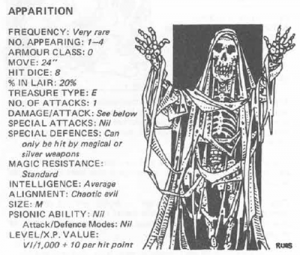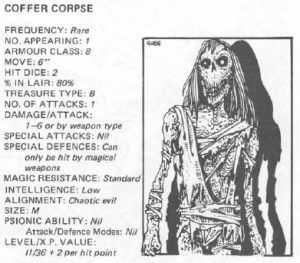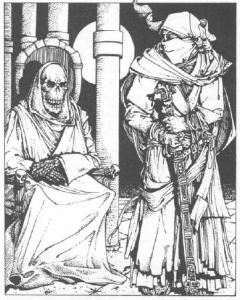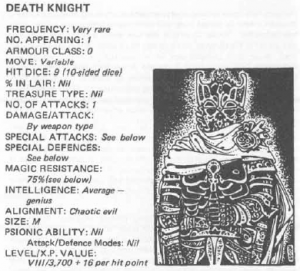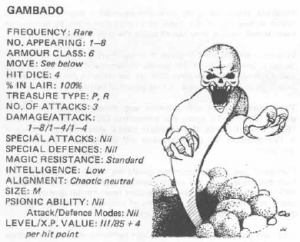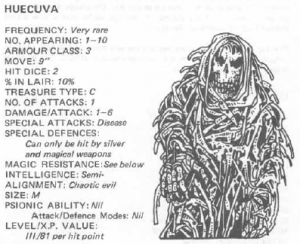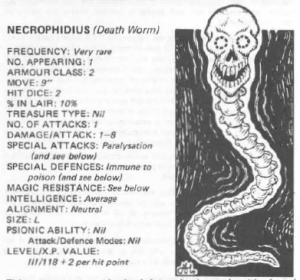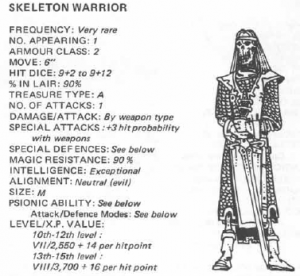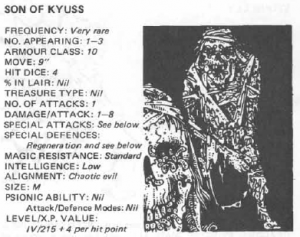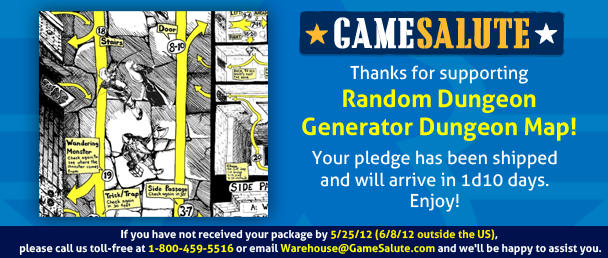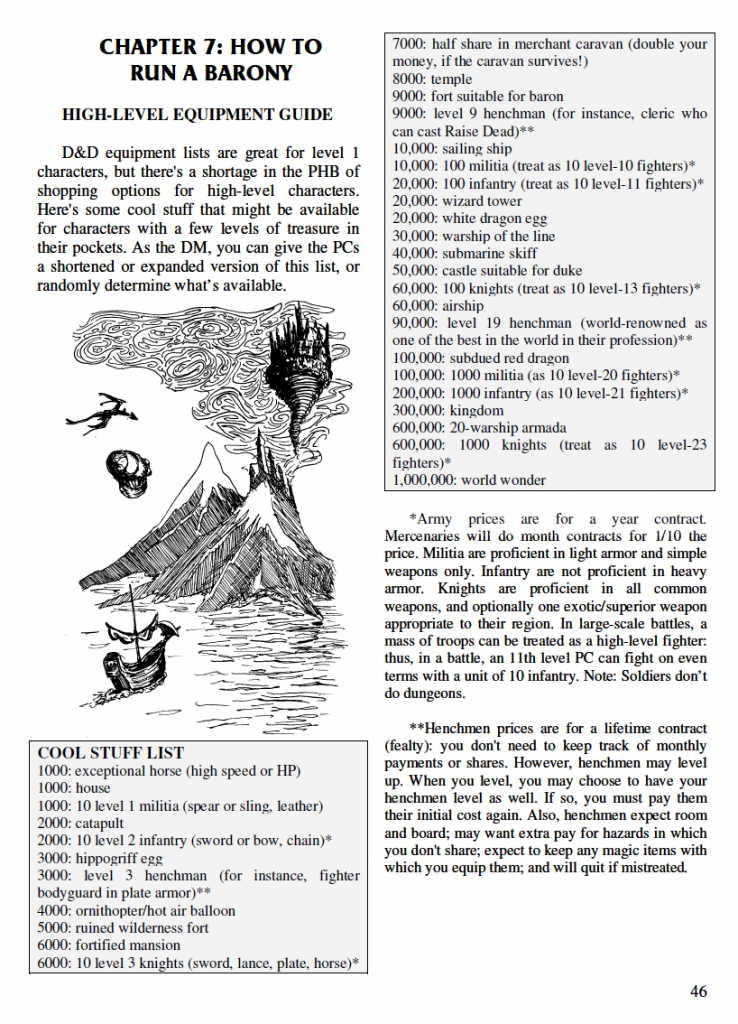I previously described William Hope Hodgson’s The Night Land as the Shadowfell sourcebook written in 1912, but I never got around to quoting any inspiring passages.
I stood in one of the embrasures of the Last Redoubt—that great Pyramid of grey metal which held the last millions of this world from the Powers of the Slayers.
Outside of one populated pyramid, the world is dark. (As you might expect from its name, The Night Land is a dying-sun or dead-sun novel, set on Earth, millions of years in the future.) The inhabitants of the pyramids know of no humans who live outside the pyramid. That’s one thing that The Night Land has over any plane of shadow, actually. Even if you’re trapped in a realm of shadow, you know that the multiverse is alive with light and life. Outside of the Last Redoubt, though, there’s nothing… forever.
Here’s a section where the protagonist gives a bestiary and geography of the Lands. I can’t resist quoting this giant section because it’s all so creepy:
And so back to my telling. To my right, which was to the North, there stood, very far away, the House of Silence, upon a low hill. And in that House were many lights, and no sound. And so had it been through an uncountable Eternity of Years. Always those steady lights, and no whisper of sound—not even such as our distance-microphones could have discovered. And the danger of this House was accounted the greatest danger of all those Lands.
And round by the House of Silence, wound the Road Where The Silent Ones Walk. And concerning this Road, which passed out of the Unknown Lands, nigh by the Place of the Ab-humans, where was always the green, luminous mist, nothing was known; save that it was held that, of all the works about the Mighty Pyramid, it was, alone, the one that was bred, long ages past, of healthy human toil and labour. And on this point alone, had a thousand books, and more, been writ; and all contrary, and so to no end, as is ever the way in such matters.
And as it was with the Road Where The Silent Ones Walk, so it was with all those other monstrous things … whole libraries had there been made upon this and upon that; and many a thousand million mouldered into the forgotten dust of the earlier world.
I mind me now that presently I stepped upon the central travelling-roadway which spanned the one thousandth plateau of the Great Redoubt. And this lay six miles and thirty fathoms above the Plain of the Night Land, and was somewhat of a great mile or more across. And so, in a few minutes, I was at the South-Eastern wall, and looking out through The Great Embrasure towards the Three Silver-fire Holes, that shone before the Thing That Nods, away down, far in the South-East. Southward of this, but nearer, there rose the vast bulk of the South-East Watcher-—The Watching Thing of the South-East. And to the right and to the left of the squat monster burned the Torches; maybe half-a-mile upon each side; yet sufficient light they threw to show the lumbered-forward head of the never-sleeping Brute.
To the East, as I stood there in the quietness of the Sleeping-Time on the One Thousandth Plateau, I heard a far, dreadful sound, down in the lightless East; and, presently, again—-a strange, dreadful laughter, deep as a low thunder among the mountains. And because this sound came odd whiles from the Unknown Lands beyond the Valley of The Hounds, we had named that far and never-seen Place “The Country Whence Comes The Great Laughter.” And though I had heard the sound, many and oft a time, yet did I never hear it without a most strange thrilling of my heart, and a sense of my littleness, and of the utter terror which had beset the last millions of the world.
As I mentioned, the unrelieved bleakness of a dying-earth story beats the spooky exoticism of the Shadowfell. Therefore, the details of The Night Land might be better used in your D&D game as the hopeless final destination in a time-travel game. If you go that route, you might need to provide some intermediary time-stops: if The Night Land is ten million years in the future, what do things look like five million years from now?
Hodgson has a character recall a time before the sun quite went out, and it’s also worthy of mention.
She did see, as in a far dream, yet very plain, a great metal roadway, set in two lines that went forever unto the setting Sun; and she then sudden to say that she did see in her memory the Sun, and she to have a strange and troubled amazement upon her. And there did be Cities upon the great road; and the houses did be strange-seeming, and did move forward eternally and at a constant speed; and behind them the Night did march forever; and they to have an even pace with the sun, that they live ever in the light, and so to escape the night which pursued forever, as she did tell, and a dread and terrible chill that did live in the night. And there did be cities far forward in the morning Sunshine, that did have gone before at speed, and set the husbandry of the world, and to be finished and gone forward again ere that certain of the latter cities did come to that place to the reaping; and the night to come presently to that place; but this not to be for some part of a year after that the crops were taken. But how long this might be, she not to remember.
Walking cities that lumber around the earth to avoid the dread night of a year-long day! Another good setting there. And now our future-pointing time travel game has three stops, each more depressing than the last:
To complete the tragic downward spiral of the D&D universe, we should add three ancient-past time-travel hubs, each grander and more comforting than the last, until we get to the dawn of the world, when people lived in harmony and the gods walked the earth.

